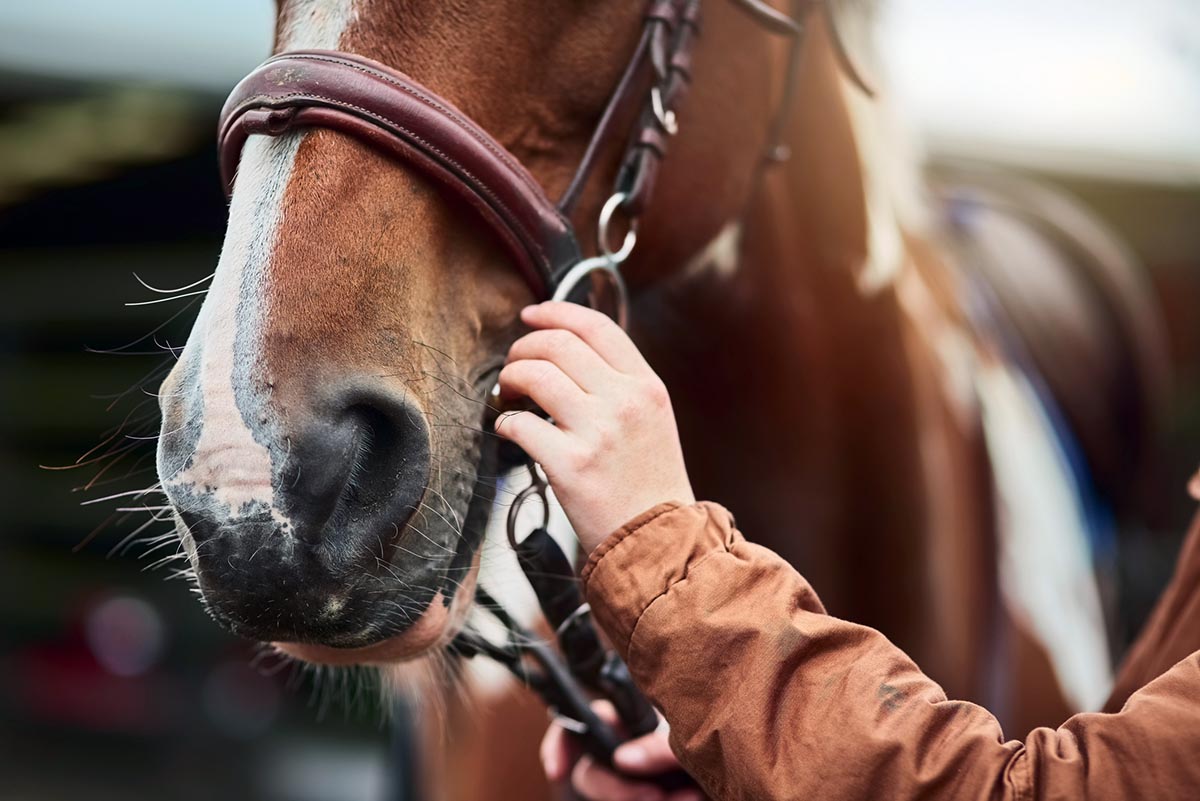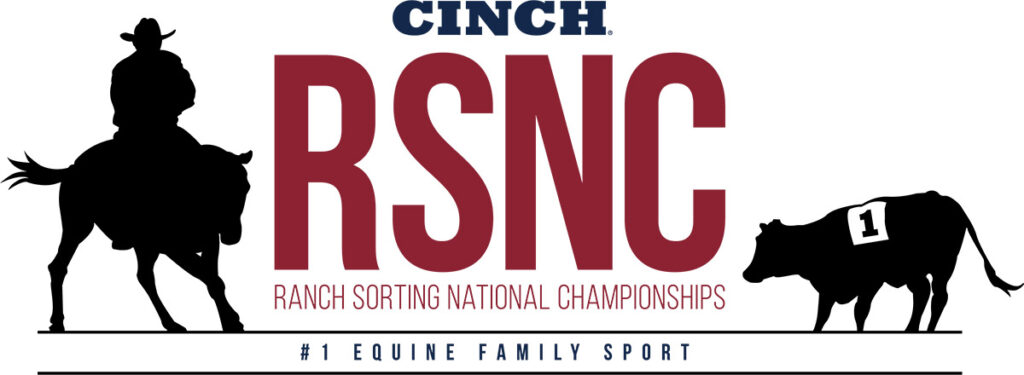When you ride your horse, you have several lines of communication: legs, seat, voice, hands. With your hands you control the reins, which attach to a bit through the horse’s mouth. The bit helps control the horse’s speed and direction. Not all bits are created equal, however. Some are gentler than others, and different types of bits have different effects. Plus, there are a lot of options.
In this article, we’ll guide you through bitting basics so you can decide how to choose a bit for your horse and your riding endeavors.
Understanding How a Bit Works
At its most basic, a bit applies pressure at various points in the horse’s mouth. This pressure can be gentle for light cues or strong when you require greater control. Different bits also apply pressure in different ways—on the bars (the gums between the incisors and molars), the tongue, and the palate (roof of the mouth). Because not all horses respond to pressure the same way, it’s important to choose the right bit for each individual.
Bit by Bit
Most bits fall into one of two categories: snaffle or curb.

Snaffle bits apply direct pressure to the horse’s mouth without a leverage component. The mouthpiece can be solid, jointed (also called broken), or have several chain-like links. Some feature rings or unique shapes horses can play with using their tongue. Snaffles come in various forms, including the eggbutt, D-ring, and loose ring, with each offering a slight variation in action.
Curb bits are more complex than snaffles and feature a shank (a side piece) and a curb (or chin) strap that multiply the rein pressure applied. When you pull on the reins, this bit applies pressure to not only the horse’s mouth but also his chin and poll. Curb bits can be jointed or solid, with a ported (raised, usually to provide more tongue room) or straight mouthpiece. They are frequently used in disciplines that require a high degree of control, such as Western riding.
Combination bits attempt to marry the direct pressure of a snaffle and the leverage of a curb. Their use requires a skilled hand due to potentially amplified effects. A pelham bit, which has two reins to apply pressure on different areas, is one example.
Bitless bridles, or hackamores, might seem like gentler options, but some can be quite extreme. They apply leverage to the horse’s nose, chin, and poll (the top of his head, between and behind the ears). Hackamores also require a more nuanced “feel” and might not be good options for riding styles with constant rein contact.
Bits come in varying thicknesses, with thinner bits placing more concentrated pressure along a small area. You can find bits made of many materials besides steel. Plastic and rubber bits are often softer and gentler than stainless steel. Some bits might include copper pieces to encourage salivation, which makes the bit more comfortable in the horse’s mouth.
Bridling Wisdom: Choosing the Right Bit for You and Your Horse

Deciding which bit to use depends on several factors, including riding discipline, the horse’s training level, and personal preference. Here’s a step-by-step guide to help streamline your selection process:
Step 1: Assess Your Riding Discipline and Style
Different riding disciplines place different demands on the horse’s movement and responsiveness. For instance, a dressage horse might necessitate a snaffle for subtle, nuanced communication, while a cutting horse might require a sturdy curb for quick, precise changes in direction.
Step 2: Understand Your Horse’s Mouth Sensitivity and Conformation
Just as humans have unique dental profiles, so too do horses. A horse with a low palate, for example, might find a bit with a port uncomfortable. A bit that is too narrow or too wide can cause pinching. A good fit is crucial for your horse’s comfort and your communication.
Step 3: Bridge the Gap Between Comfort and Control
Finding the balance between ensuring your horse is comfortable and having adequate control can be tricky. This is where experimenting with different bits, especially with the guidance of a knowledgeable trainer, can lead to a harmonious result. If a bit is a good fit, your horse should be relaxed and have a quiet mouth while also responding to your aids. A horse that’s anxious, gapes his mouth, chews on the bit, and/or resists contact probably needs to try something else.
Step 4: Educate Yourself Continuously
The equestrian world is rich with information, and being open to learning and adapting is key. Work with a community of riders, seek professional guidance, and be willing to change bits as you and your horse grow and develop together. Also keep up with your horse’s dental care—some perceived bitting issues are the result of sharp points and edges of the teeth.
How to Choose a Bit for Your Horse: Final Thoughts
Selecting the right bit will lead to a smoother and more enjoyable ride for both horse and rider. Consider not only bit type when making a decision but also shape, thickness, material, and fit. And don’t be afraid to experiment with many bits until you find the perfect option.
Related Reading:
Are you enjoying this content? Sign up for My New Horse’s FREE newsletter to get the latest horse owner info and fun facts delivered straight to your inbox!








